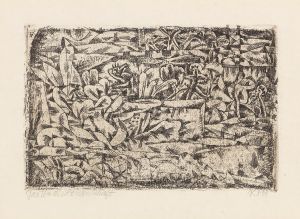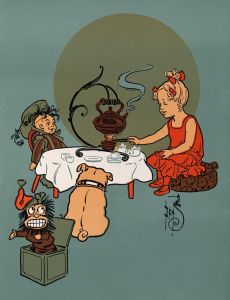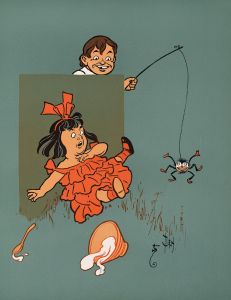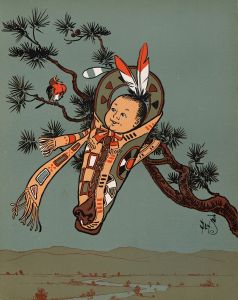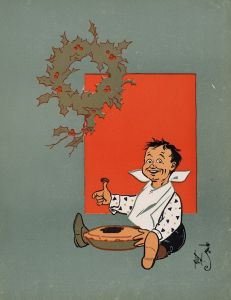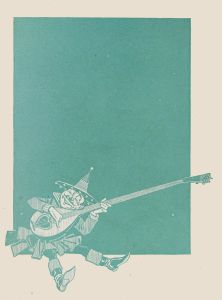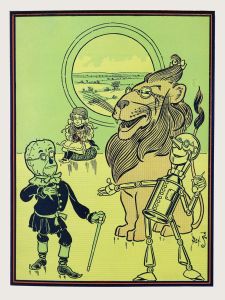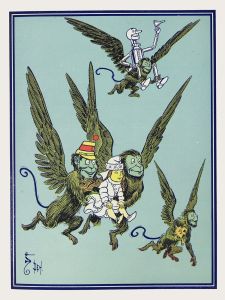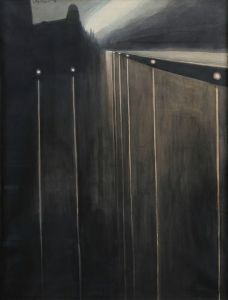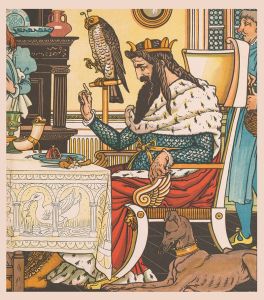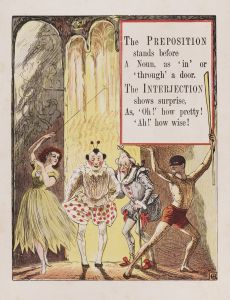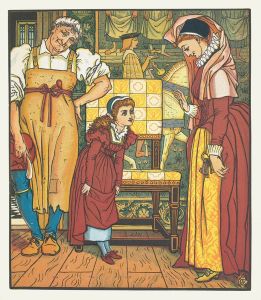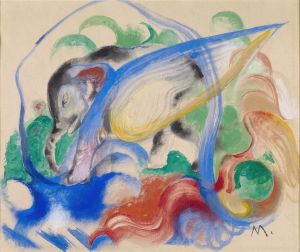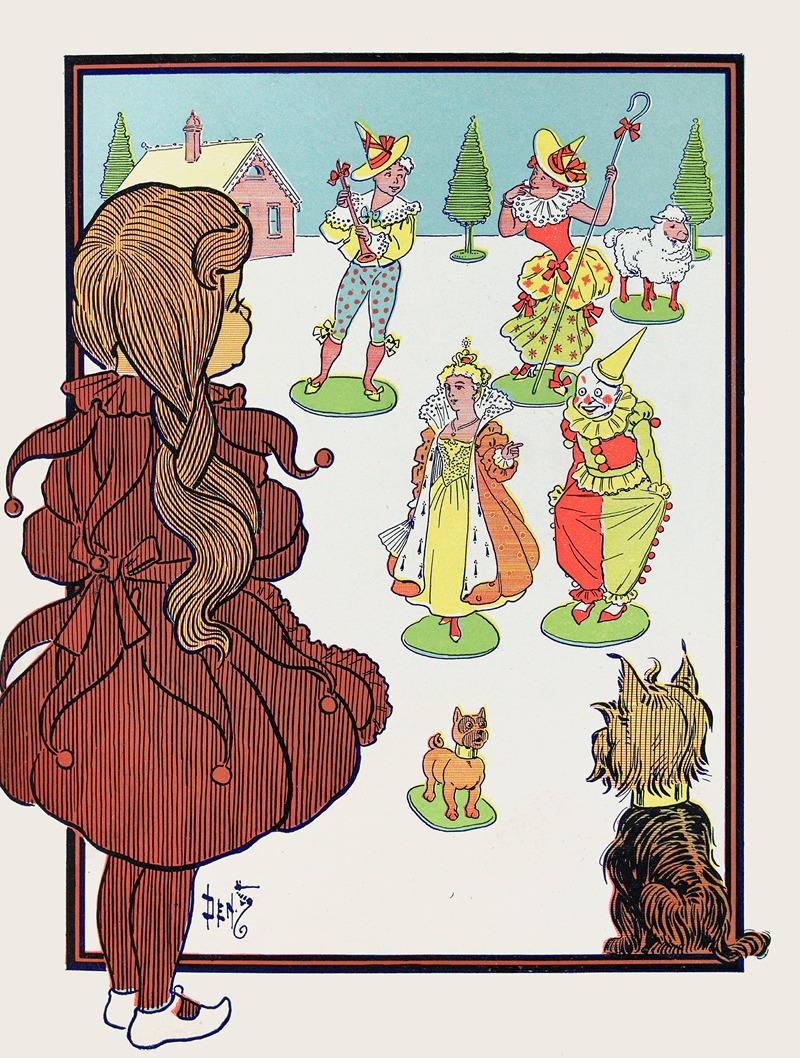
These people are all made of china
A hand-painted replica of William Wallace Denslow’s masterpiece These people are all made of china, meticulously crafted by professional artists to capture the true essence of the original. Each piece is created with museum-quality canvas and rare mineral pigments, carefully painted by experienced artists with delicate brushstrokes and rich, layered colors to perfectly recreate the texture of the original artwork. Unlike machine-printed reproductions, this hand-painted version brings the painting to life, infused with the artist’s emotions and skill in every stroke. Whether for personal collection or home decoration, it instantly elevates the artistic atmosphere of any space.
William Wallace Denslow, an American illustrator and caricaturist, is best known for his collaboration with author L. Frank Baum on the original illustrations for The Wonderful Wizard of Oz (1900). Among his other works, Denslow created a series of standalone illustrations, one of which is titled These People Are All Made of China. This artwork was published in 1904 as part of his satirical series called Denslow's Night Before Christmas and Other Works, which often featured humorous and whimsical commentary on contemporary society.
These People Are All Made of China depicts a group of anthropomorphic figures resembling porcelain dolls or figurines, rendered in Denslow's signature bold and stylized line work. The title of the piece plays on the dual meaning of "china"—referring both to the material porcelain and to the country of China. The illustration is thought to reflect Denslow's penchant for satire, though the specific intent or message behind this particular piece is not definitively documented.
Denslow's work often combined humor, social critique, and a playful aesthetic, which made his illustrations popular during his time. However, his career declined after his split with Baum, and he spent his later years in relative obscurity. Today, his works, including These People Are All Made of China, are appreciated for their artistic merit and historical significance in the context of early 20th-century American illustration.
No further detailed information about the specific context or reception of this artwork is available.





